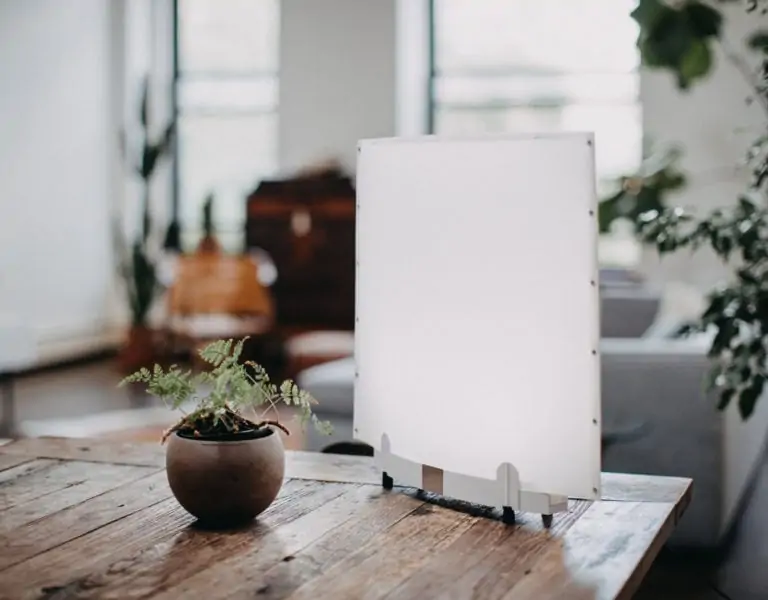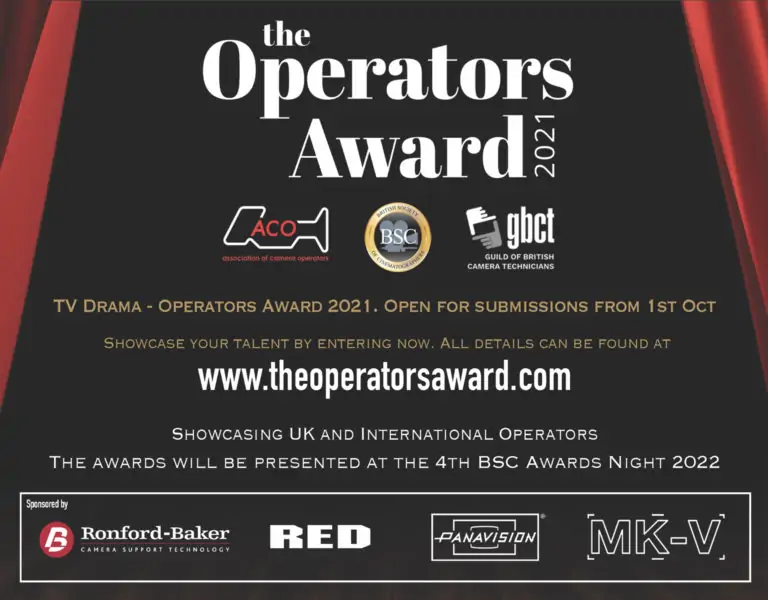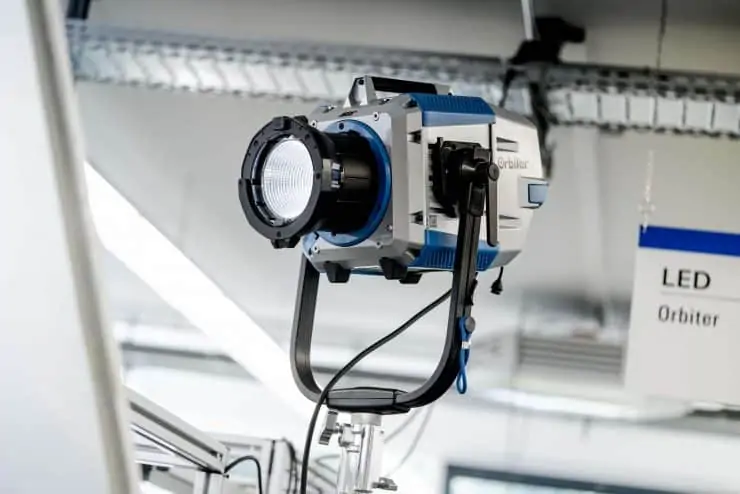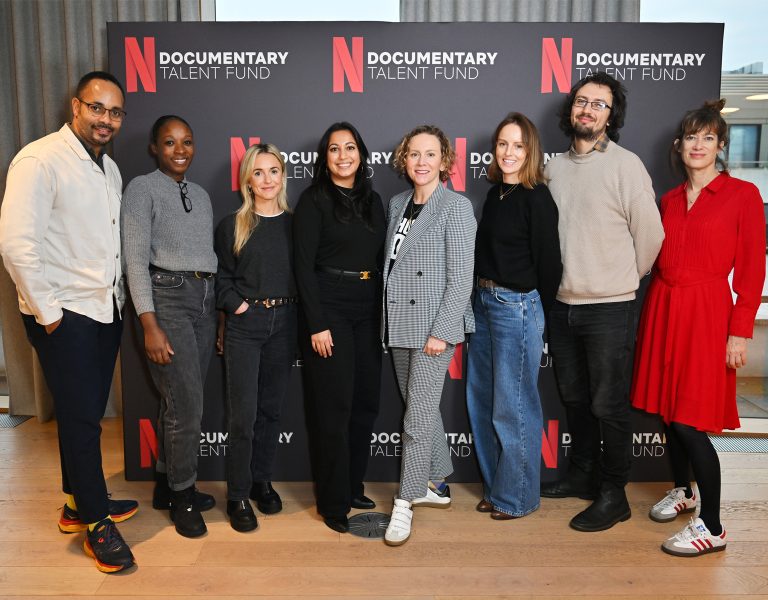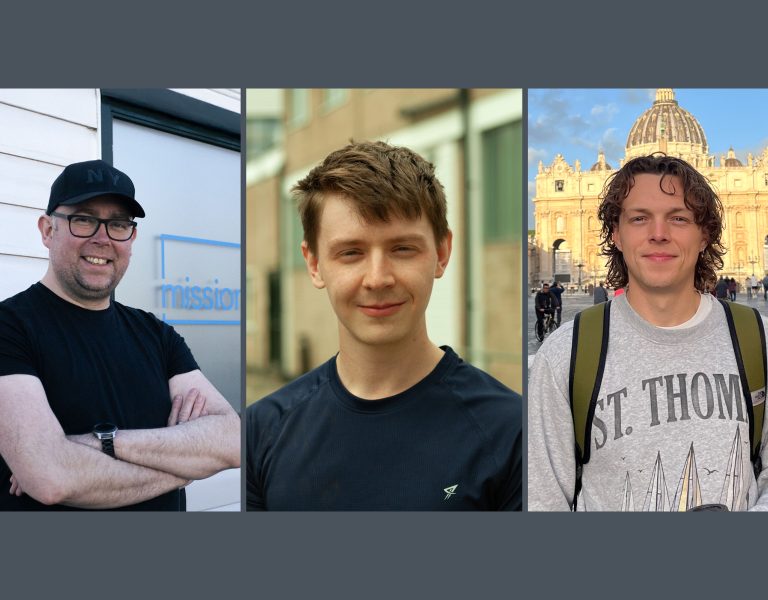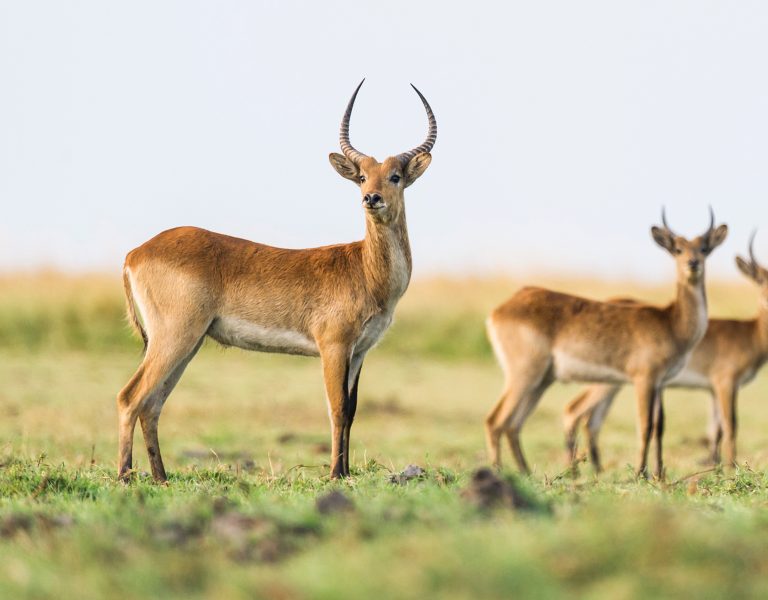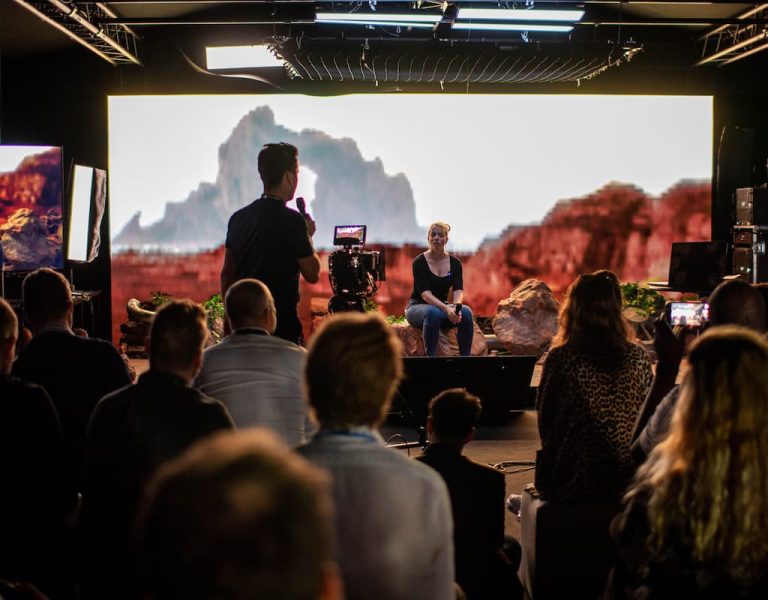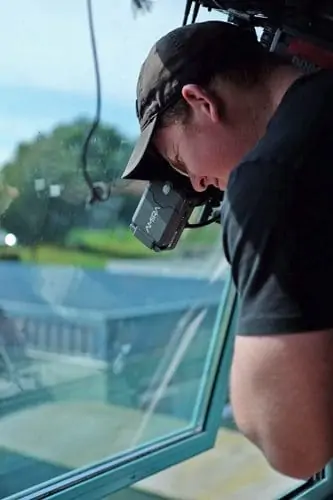
“Back in April 2017 I was asked to shoot my first TV drama, series nine of S4C’s Gwaith Cartref, through production company Fiction Factory,” writes DP Will Baldy. “Transmitting in March 2018, in Welsh language, the series follows the personal lives of teachers and students at the Welsh-speaking comprehensive school.
We had to shoot, on-average, an episode every two weeks. With this in mind, we needed to keep lighting extremely efficient and minimal to achieve the desired look. We shot on-location in Wales, with a good chunk of the principle photography in a school during its closure over the summer holidays. This didn’t leave much of a window for pick-ups, so we worked hard to complete days.
I spent a lot of time researching how to keep the school’s lighting interesting, as so much of the series took place there, plus techniques to implement quick lighting that wasn’t compromised in quality. After conversations with my gaffer, Bryan Gavigan, we decided (and were lucky that) the chosen location had almost entirely false ceilings. So we utilised this to our advantage. Ed Thomas (director) expressed that he always wanted to shoot into the light where possible. As all locations had very large windows, and we only had a small lighting package, it meant we would always match our approach to the weather conditions outside.
We often stretched daylight from the windows with HMI sources and muslin textiles that could be quickly clipped up and repositioned around the false ceiling to where it was required for the shot. This saved us a lot of time as opposed to moving large frames and stands around the classrooms. It also meant we weren’t restricted by space, as our bounce could be clipped above the desks and into tight spaces. Another big time saver were ARRI SkyPanels. These really became useful when the colour of the exterior light was different from our HMI sources. We would stick up a SkyPanel by a window and dial-in the settings until the colour temperature matched by eye, then we would match the settings on the other fixtures and play them into the scene.
The show was almost entirely handheld. We chose to shoot with an ARRI Amira and Zeiss Standard Speeds for a lightweight package at 4444 2K ProRes. The kit was supplied by Films@59, who service a lot of the dramas around the south west and have been very supportive of my career. I’m in debt to the cast and crew who made the impossible possible. It felt like one big family and I hope to return one day.”
